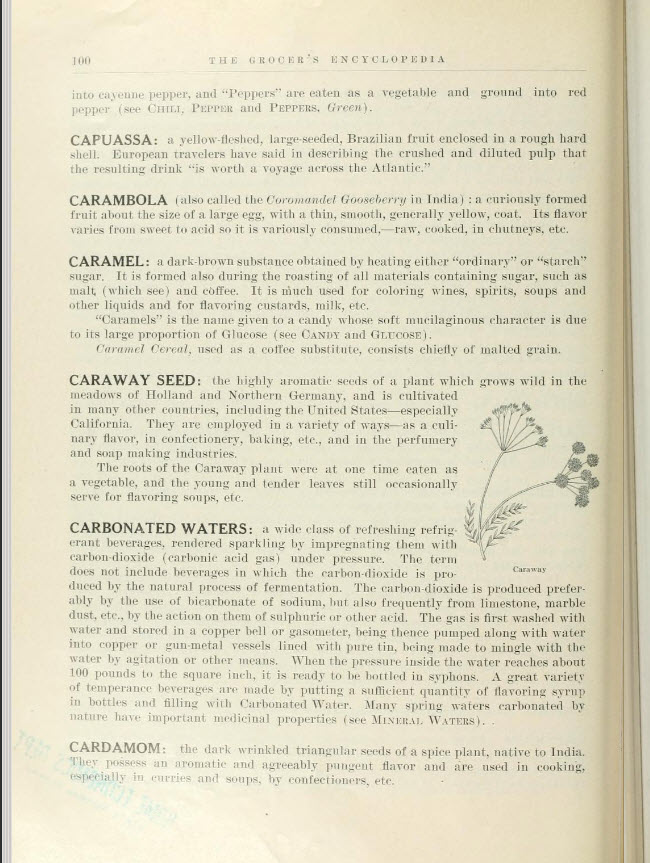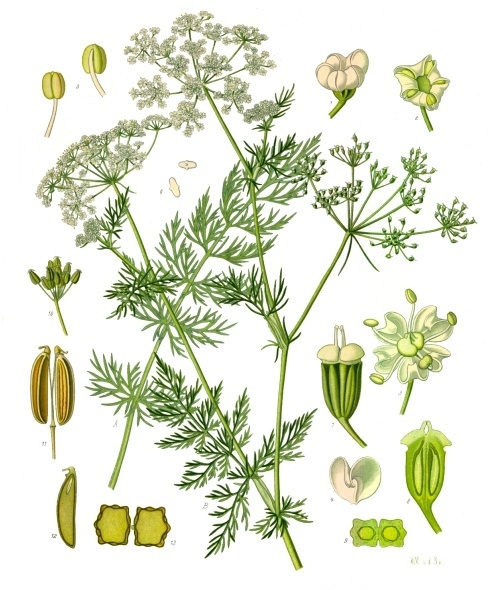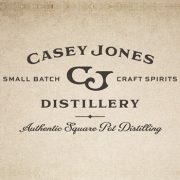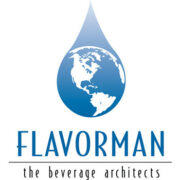
Aquavit or Aqua Vitae is Latin for “water of life”. You may be thinking wait, “I thought whiskey was the ‘water of life’?” Well, it turns out that term is often applied to the leading native spirit. In Europe’s Nordic region, the native spirit dating back to the 15th century is Aquavit. The best description for this comes from the 760 page book from 1911, The Grocer’s Encyclopedia.
The Grocer’s Encyclopedia
AQUA VITAE, Latin for “water of life”: a name familiarly applied to the leading native distilled spirit. Thus it is “usquebaugh” or whisky in Scotland and Ireland; “geneva” or gin in Holland; and “eau de vie” (French for “water of life”) or brandy in France. When the term is employed in England, French brandy is understood.
AQUAVIT, a modification of Aqua Vitae : a liquor distilled from wheat and potatoes, originally made in Norway.

Stay Informed: Sign up here for the Distillery Trail free email newsletter and be the first to get all the latest news, trends, job listings and events in your inbox.
How is Aquavit Made?
Aquavit is distilled from grains such as wheat or potatoes then flavored with botanicals like caraway or dill. Caraway is usually the dominate botanical but it could include other botanicals and spices like star anise, fennel, grains of paradise and orange peel. Unlike other distilled spirits classes like Bourbon that the TTB says must contain at least 51% corn, Aquavit does not have any similar restrictions. The TTB simply says Aquavit is a “Caraway flavored distilled spirits product.”

Unaged or Aged?
Yes, both. Some Aquavits are unaged and ready to serve following distillation. The unaged is generally a clear spirit although color may be added. It’s generally the barrels aged Aquavit that has more color. It can be aged in new or used barrels. In Norway there’s a tradition of maturing aquavit in sherry oak casks to give a golden color.
The Linie Aquavit brand from Norway is known for its unique aging process that was accidentally discovered in the early 19th century. According to their website, back in 1805, when the Norwegian trade family, Lysholm, shipped potato aquavit to the East Indies people were totally uninterested in buying it so the aquavit was sailed back to Norway. On its arrival in 1807, it was discovered that the sea voyage had vastly improved the taste. Since then, they send all their aquavit out to sea, crossing the equator twice.
Aqavit can be served at room temperature, chilled (from the fridge or freezer), on the rocks or in a cocktail. In its native countries it’s often served as an aperitif before meals to stimulate one’s appetite.
Easy to Find?
Short answer, “No.” Long Road Distillers in Grand Rapids, Michigan recently won the “Best of Show” award at the American Craft Spirits Association awards. Since then, I’ve been to half a dozen liquor stores and asked for Aquavit. That usually requires a call to the front desk to ask, “Do we carry Aquavit?” When we eventually find the spot its generally one brand and it’s imported. But don’t give up, there are many craft distillers across the U.S. that are starting to make this Nordic spirit.
 The Beverage Alcohol Manual (BAM)
The Beverage Alcohol Manual (BAM)

Here are some general guidelines on how the TTB describes Aquavit. You should visit the TTB website for current regulations.
CHAPTER 4 – CLASS AND TYPE DESIGNATION
GENERAL FEATURES
- Identifies the labeled distilled spirits as to its specific class and/or class and type
- Based on defined classes and types
DEFINITIONS
- CLASS
The broad category “distilled spirits” is divided, under standards of identity, into a number of general but defined classes, e.g., “Neutral Spirits or Alcohol,” “Whisky”
- TYPE
Under most of the general classes are specific, defined types of distilled spirits, e.g., “Vodka” is a specific type of “Neutral Spirits or Alcohol;” “Straight Bourbon Whisky” is a specific type of “Whisky”
CLASS AND TYPE DESIGNATION
- Most TYPE names are sufficient as class and type designations
- Some CLASS names are sufficient as class and type designations
NOTE: On succeeding pages is a chart that categorizes and very broadly defines all classes and most types of distilled spirits. Those classes and types that are sufficient as class and type designations are notated
Classes and Types
[table “” not found /]¹Sufficient as class and type designation
CHAPTER 7 – COLORING/FLAVORING/BLENDING MATERIALS
HCFBM = HARMLESS COLORING/FLAVORING/BLENDING MATERIALS
NTE 2½% = NOT TO EXCEED 2½% [i.e., harmless coloring/flavoring/blending materials may not exceed 2½% by volume of the finished product]
ME 2½% = MAY EXCEED 2½% [i.e., harmless coloring/flavoring/blending materials may exceed 2½% by volume of the finished product]
CFA = CATEGORY OF FLAVOR ALLOWED
The category of flavor is indicated by number:
- 1 = All natural
- 2 = Natural and artificial containing not more than 0.1% artificial
- 3 = Natural and artificial containing greater than 0.1% artificial
- 4 = All artificial
CM = COLORING MATERIALS [if this column is marked, the use of coloring materials must be disclosed on the label]
FM = FLAVORING MATERIALS [if this column is marked, the use of flavoring materials must be disclosed on the label]
BM = BLENDING MATERIALS [if this column is marked, the use of blending materials must be disclosed on the label]
USE OF HARMLESS COLORING/FLAVORING/BLENDING MATERIALS
[table “” not found /]CHAPTER 8 – STATEMENTS OF AGE
DEFINITION OF “AGE”
- Age is the period during which, after distillation and before bottling, distilled spirits have been stored in oak containers
- For bourbon, rye, wheat, malt or rye malt whiskies and straight whiskies, other than straight corn whisky (which must be stored in used or uncharred new oak containers), the oak container must be a charred new oak container
USE CHART
In the chart below, the classes/types identified in the CLASSES AND TYPES chart in CHAPTER 4, CLASS AND TYPE DESIGNATION are listed alphabetically. The use of a specific statement of age, miscellaneous age reference and vintage and distillation dates is addressed for each class/type
USE OF AGE/STORAGE STATEMENTS AND DATES ON LABELS
[table “” not found /]Caraway, Scientific name: Carum carvi


Please help to support Distillery Trail. Sign up for our Newsletter, like us on Facebook and follow us on Twitter.














